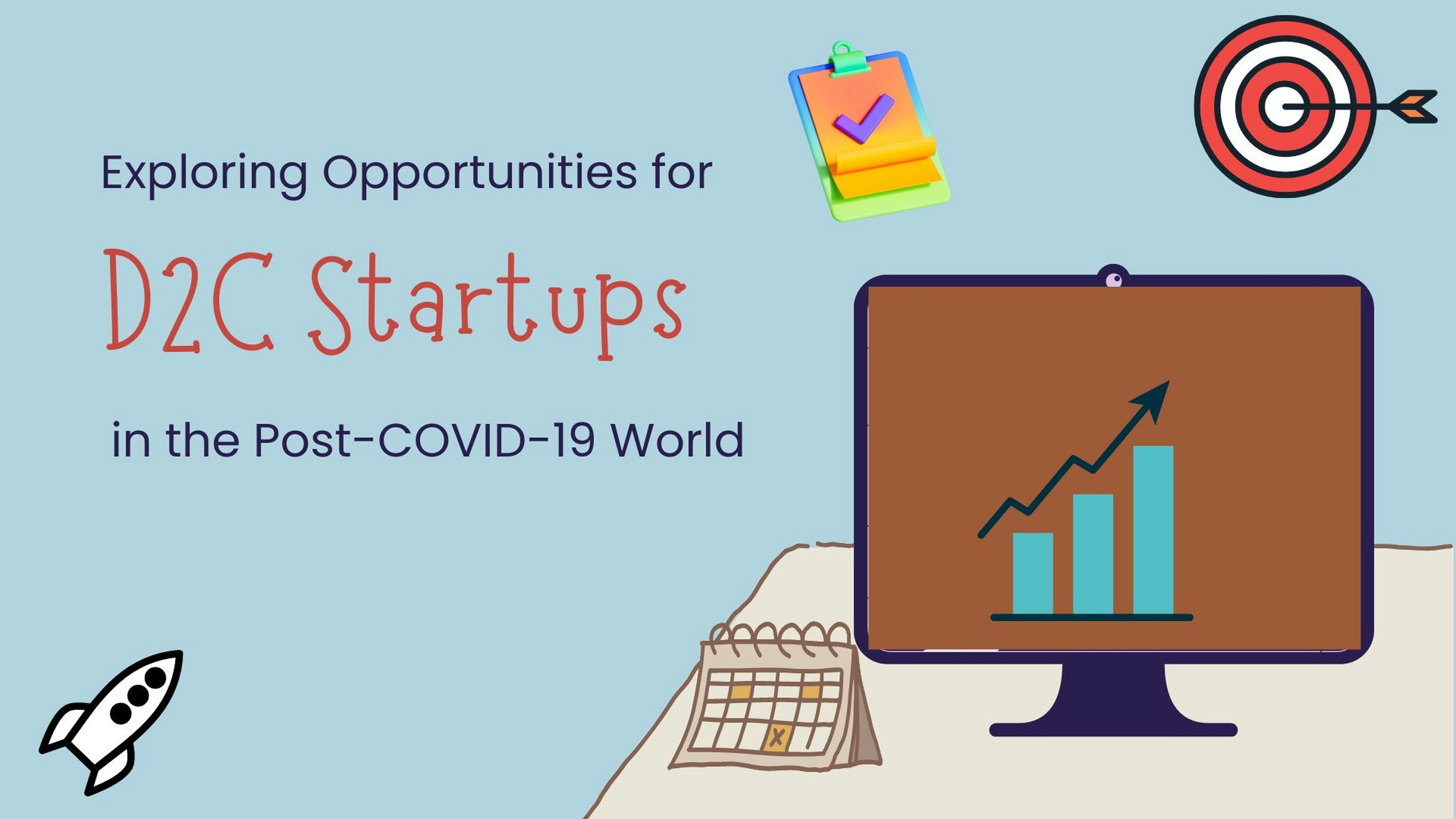Understanding Growth: Types and Importance
Business growth serves as a complex term which remains vital for organizations to survive in competitive markets. The business development process includes four main types: organic growth alongside inorganic growth and sustainable growth together with scaling operations. Organizations can achieve different market positions through distinct growth strategies that deliver specific advantages.
Organic growth happens when a business expands through higher sales revenue and better operational performance as well as new customer acquisition. The stability and sustainability of this growth method depend on using internal resources and capabilities of the company. The expansion of a local coffee shop through new locations serves as an example of organic growth due to its loyal customer base. Through mergers and acquisitions or partnerships companies achieve inorganic growth which enables them to accelerate their market expansion and enhance operational capabilities. Large corporations achieve their growth goals through the acquisition of smaller startups which provides access to new markets and innovative technologies.
Sustainable growth requires businesses to strike a balance between expansion and responsible resource use which allows them to develop their operations while preserving their core principles and environmental commitments. Companies that focus on sustainable growth development tend to receive positive consumer perceptions which leads to improved brand loyalty and extended business success.
The process of scaling operations requires businesses to optimize their models for increased output without rising costs. Businesses that want to increase profitability must focus on this growth strategy to preserve their service quality. A software company that implements automation can substantially increase its user numbers at minimal cost expansion.
Growth holds a critical importance for all business operations. Market position together with profitability and competitiveness are directly affected by growth performance. Organizations that focus on growth possess superior capabilities to adjust their strategies when market conditions change thus securing their survival and overall achievement in today’s dynamic environment.
The establishment of a growth strategy depends on essential components which define its structure.
To create an effective business growth strategy one must understand all essential elements which support long-term development. Market research stands as a primary building block. Businesses use market research to discover existing market developments and competitor strengths as well as empty spaces in the market. Businesses need this information to develop products that fulfill customer requirements while maintaining competitive advantage.
The identification of customer needs stands as an essential requirement. Customers provide essential information about their preferences and difficulties through surveys and focus groups and direct feedback sessions. Companies understand customer values better through which they develop offerings that match their audience needs to build stronger customer satisfaction and loyalty.
A successful growth strategy needs realistic targets which also need to be achievable. Businesses need to create specific goals that include measurable targets and are attainable and relevant to their business activities and time-bound (SMART) for guiding their growth plans. The defined objectives serve as clear guidelines that direct all team members toward unified targets and boost their motivation. Companies should adjust their strategic goals after receiving market feedback because this practice keeps them adaptable to changing market conditions.
The evaluation of accessible resources stands as a crucial element for developing a growth strategy. Companies need to evaluate their financial capabilities together with human resources and technological capabilities to find the optimal way to support their growth strategies. Successful resource allocation enables businesses to execute their new project and marketing campaign initiatives effectively.
The strategic deployment of digital marketing stands as a vital factor in any successful business plan. Businesses utilize social media platforms and search engines and email marketing to reach new customers while developing marketing strategies and customer engagement. Businesses should maintain continuous product development because they must stay innovative to satisfy changing customer preferences. Strategic partnerships enable companies to increase their growth prospects by offering access to new markets along with technological innovations and specialized expertise. Every element within these components builds a complete growth strategy that enables businesses to maximize their potential.
Growth Tactics need implementation after planning for their execution.
The main key for unlocking major business potential stands in effective growth tactic implementation. The initial phase of business expansion requires planning targeted initiatives which support corporate targets. Businesses must conduct complete market research together with competitor analysis to detect specific market openings that remain undiscovered. The fundamental research helps organizations use multiple growth strategies which boost visibility and increase customer engagement.
Organizations achieve growth success by implementing social media platforms as their growth driving approach. Social media platforms enable businesses to build stronger relationships with customers which simultaneously boosts their brand visibility. Businesses need to develop engaging content which reaches their target audience and prompts them to participate. Business success depends on maintaining active social media accounts that publish meaningful content to draw in new customers while maintaining existing customer connections. The implementation of social media strategies as part of business growth plans produces substantial enhancements to marketing results.
Customer engagement strategies represent a crucial factor for effective growth tactic implementations together with social media usage. Personalized communication combined with customer feedback systems and loyalty programs enables businesses to improve their customer relations. Companies need to develop an environment that allows customers to share their opinions which results in improved products and services. The customer-oriented method helps growth strategies maintain their effectiveness while remaining responsive to market changes.
Content marketing along with email campaigns and influencer partnerships represent innovative marketing methods which drive business expansion. These marketing approaches function to both display products or services while developing a powerful brand story. Performance metric monitoring enables businesses to determine the effectiveness of their initiatives so they can modify their strategies based on the results. Organizations need to learn from their achievements as well as their failures because this information helps guide upcoming work and stimulates ongoing expansion.
Challenges to Growth and How to Overcome Them
Business growth creates various obstacles which stop companies from advancing in their development. Organizations must recognize these obstacles to develop successful growth strategies. Market competition represents the primary obstacle that makes businesses struggle to establish market dominance. Organizations need to perform detailed market assessments to discover their unique selling points while improving their brand communication methods. Companies can differentiate themselves from their competitors by expanding their product range or developing new service solutions.
Financial limitations represent a major obstacle that prevents businesses from allocating resources to important growth initiatives. Businesses facing insufficient financial support will struggle to expand their operations or attract new employees or fund marketing activities. Companies should implement strategic financial planning through budget forecasting and should explore funding sources including venture capital and crowdfunding to overcome this challenge. Effective cash flow management provides businesses with necessary liquidity to handle both anticipated and unforeseen business situations.
The growth of a company can be impeded by operational inefficiencies. The presence of unproductive methods causes organizations to waste resources while their productivity drops which results in dissatisfied customers. Businesses must adopt Lean Management or Six Sigma practices as continuous improvement methods to optimize their operations while minimizing waste. The implementation of technological automation solutions leads to significant operational improvements which results in reduced costs and better efficiency.
Apple and Amazon achieved major growth obstacles through their creative solutions and planned strategies which helped them advance. The ability of these companies to transform themselves demonstrates both their flexibility and creates an encouraging example for organizations striving for expansion. Organizations can achieve maximum growth potential by identifying their obstacles then actively finding solutions to overcome them.







